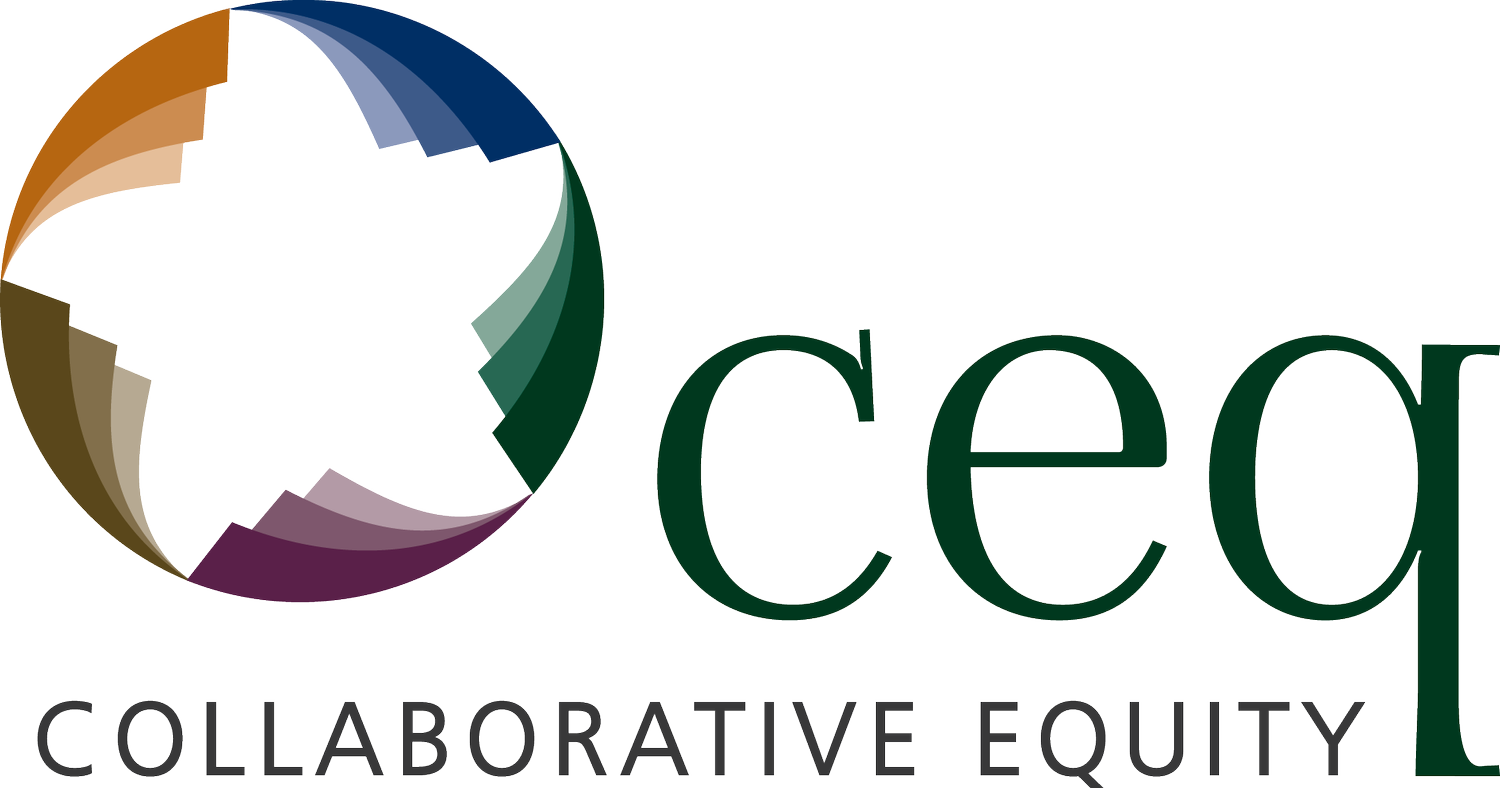The 4 Pillars of CEQ
/The 4 Pillars of CEQ
1. OUCH! Our Unconscious Controlling Habits
2. Promoting Positive Learning
3. Transparency and Vulnerability
4. A Grip on Reality
OUCH! Our Unconscious Controlling Habits
The crucial physiological confrontation of how we are actually behaving when under pressure – the habits that have been developed through constant conditioning, and that have become unconscious and automatic. These behaviours in some perverse way feel ethical since we have no choice but to do what’s needed to serve the cause in that moment. But they are neither inevitable nor acceptable. They only ‘work’ (seemingly in the moment), because everyone around us is trapped in the same insanity.
We have to break these habits, and that only comes about by practicing new ones until they’re in our muscle memory.
Promoting Positive Learning
In my experience the vast majority of behavioural learning that goes on in corporate environments is conditioned. We learn mostly how not to behave because of perceived sanctions and threatened consequences, and how to behave because of rewards.
Of course there is phenomenal positive learning going on in technical skills such as engineering, coding, design, research, accounting, manufacturing, packaging etc. Experimentation and failures are the lifeblood of growth and development in these areas of our businesses, and so we have developed ways of protecting these areas from the ruthless consequences of the outside world in ‘laboratories’, whether physical or virtual. But when it comes to learning how to behave, how to make the right decisions for the good of the cause, how to collaborate, how to communicate, how to organise ourselves and how to allocate scarce resources, we’ve collectively failed to learn positively. We have to start bringing the methodology from our labs into our meeting rooms.
Transparency and Vulnerability
Much is written on the subject of vulnerability nowadays, and that’s fantastic. It can only be a good thing that vulnerability is more widely feted as a positive attribute for leaders and managers, and is therefore more openly embraced within the corporate world. However, Corporatism is brilliant at surviving; at learning how to look like it’s embracing modern, more enlightened leadership concepts and then at manipulating corporate citizens into a corporately acceptable version. So I am not interested in a manufactured vulnerability as part of an overt strategy to appear more human. I’m interested in the true human vulnerabilities of flaws, mistakes, uncertainty, tiredness – of struggle.
Our corporate cultures have come to eschew struggle – it simply doesn’t feel safe for people to get things wrong or to show weakness or hesitancy or indecisiveness, yet these are naturally occurring states in any path of learning and any path to arriving at the best possible strategy, particularly when we are setting people very stretching objectives, and when external events can de-rail us at any moment. We have to celebrate struggle; we have to seek it out, welcome it and reward it. We simply have to stop punishing people for struggling, and as leaders even if we are not overtly creating threat conditions around struggle, we have to acknowledge people’s fears of appearing weak.
This also means we simply have to make it ok for people to express emotions at work. I’ve witnessed an almost systemic denial of human emotions in the corporate workplace, to the extent where we’ve become scared of doing things that will predictably evoke strong emotions. Human emotions are both beautiful and profoundly effective. Bring them on.
Finally the greatest way of forcing vulnerability into the open is to make everything possible transparent. A lack of transparency fostered through a fear of breaching confidentiality or of somehow skewing behaviours under observation actually means that we promote secrecy, and this is fundamentally what allows unnatural, inhuman and at time abusive behaviours to go unwitnessed. As a leader I promote the maximum transparency in terms of the sharing of facts, since I have a profound belief that it is the community as a whole that can best solve the problems at hand, and thus move us collectively more efficiently towards our goals in service of our mission.
A Grip on Reality
So much of what constitutes our ‘real world’ inside our corporate environments are artificial and intangible structures. We treat the org chart as if it were a solid and linear physical structure; we treat targets as if they were immutable states of being once achieved, and we treat milestones and KPIs and metrics as objects in their own right as opposed to indicators that are there to guide us. And in all of this we lose our grip on what is truly real – the people we have relationships with who are affected by our actions: our families, our friends and our work colleagues. How often have we damaged or even sacrificed an important relationship with someone we care about, simply to ensure that someone we’ve never met doesn’t get a bit miffed. So as leaders we have to be stewards of cultures that keep everything in perspective, personally focussing on compassion over competition; genuinely fostering ethics and values and principles to run the show and encouraging people to be truly human at work. And we should do these things firstly because it’s the right thing to do, as an act of faith in humanity over corporate subservience. But with CEQ what we then find is that doing these things quickly and progressively release profound human potential in service of our common causes. And that is both surprising and transformational.



